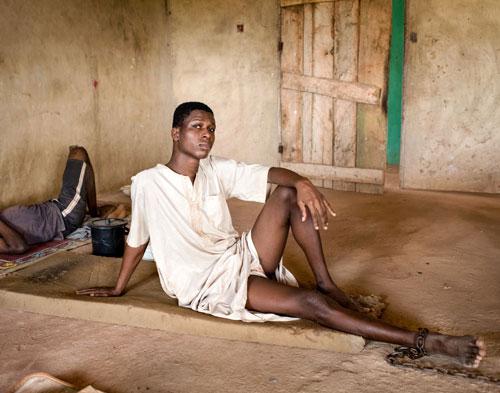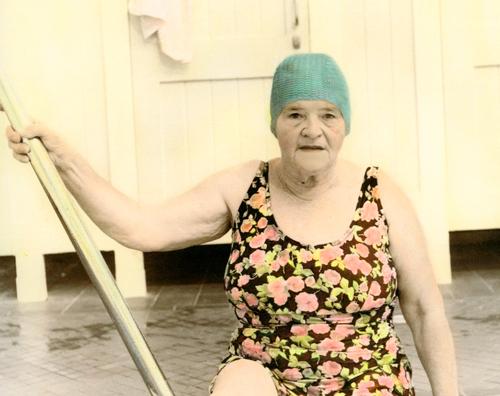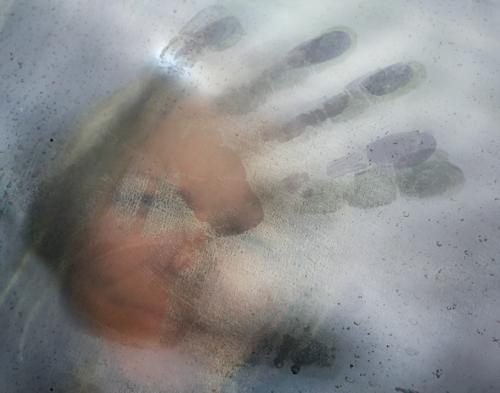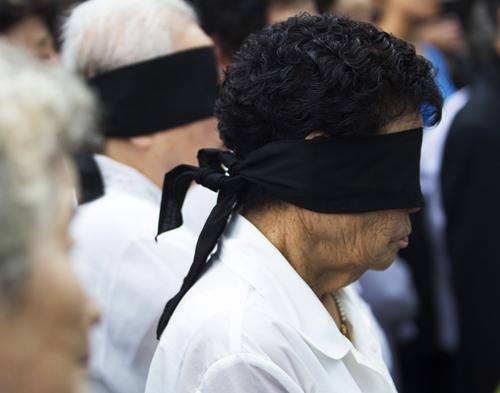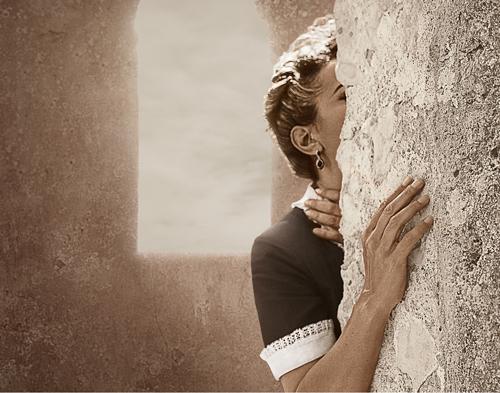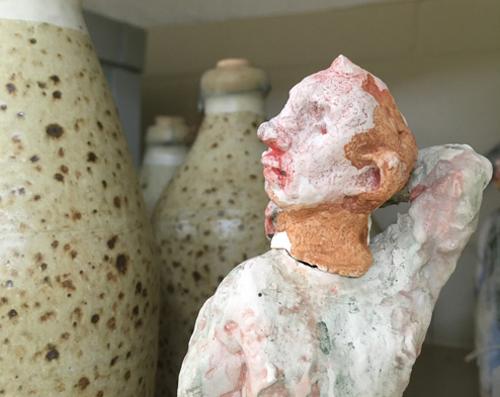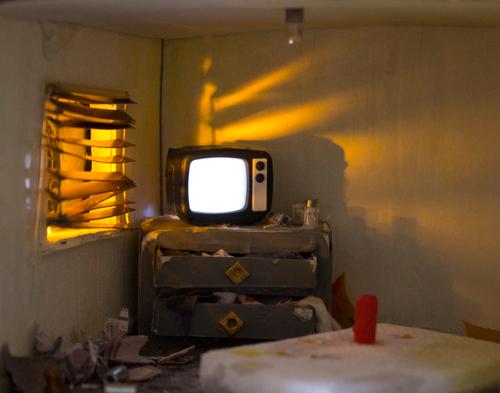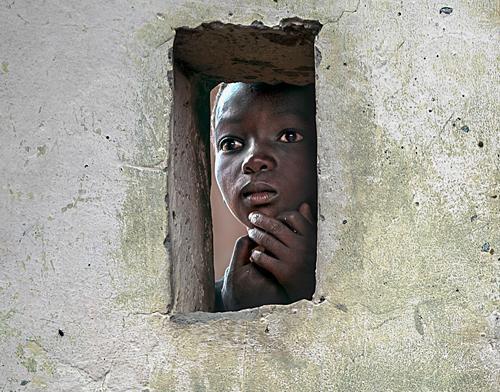The idea of redemption: Artmaking in prison
Why do we imprison those who break the law? Is it a form of retribution meted out by the state on behalf of the community? Is it in order to deter others who may consider a life of crime from taking that path and to discourage recidivism? Is it simply a way of removing and containing dangerous individuals in order to maintain the peace and safety of society? Or is it a way to rehabilitate those who have made bad choices, so that they may be re‑integrated into society when their sentence has been served? Across time and diverse forms of society, the checks and balances between these four theories of the purpose of imprisonment have had many different degrees of emphasis and even today there is no firm consensus.



